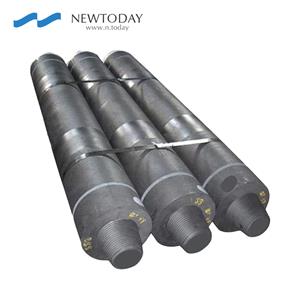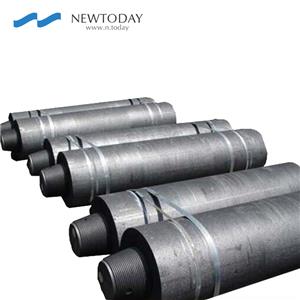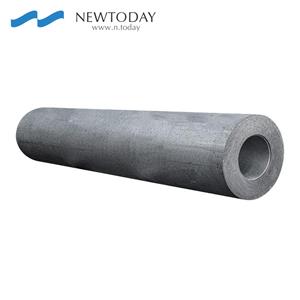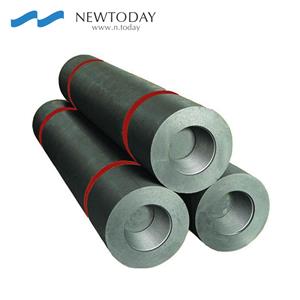Innovation in Graphite Electrode Technology Boosts Steelmaking Efficiency
Technological Innovation in Graphite Electrodes Enhances Steelmaking Efficiency
As global demand for efficient and eco-friendly steel production rises, the graphite electrode industry is focusing on innovations that improve graphite electrode performance. Key advancements include extending electrode lifespan and reducing graphite electrode consumption, trends that have become central to the industry.
Graphite electrodes are crucial in electric arc furnace (EAF) steelmaking, where graphite electrodes generate the high temperatures needed to melt scrap steel or iron ore. In recent years, advancements in graphite electrode density have played a pivotal role in improving electrode conductivity, reducing electrode consumption, and lowering overall production costs.
Key Trends and Technological Advancements:
Rising Demand for High-Density Graphite Electrodes:
The demand for high-power (HP) and ultra-high-power (UHP) graphite electrodes continues to grow. The development of high-density graphite electrodes has been a major contributor to performance improvements. These high-density electrodes offer superior oxidation resistance and durability, extending their lifespan and reducing consumption costs for steel plants.Ongoing Optimization of Electrode Consumption Rates:
In EAF steelmaking, reducing the graphite electrode consumption rate is a critical cost factor. By enhancing graphite electrode density and refining manufacturing processes, the industry is making strides in lowering graphite electrode consumption per ton of steel produced. These efforts significantly enhance overall production efficiency.Balancing Environmental and Economic Benefits:
As the global steel industry transitions to more sustainable production methods, the role of graphite electrodes in reducing waste and energy consumption is becoming increasingly important. By lowering the graphite electrode consumption rate and improving electrode durability, manufacturers can optimize production costs while also reducing carbon emissions and resource use, supporting green steelmaking practices.




